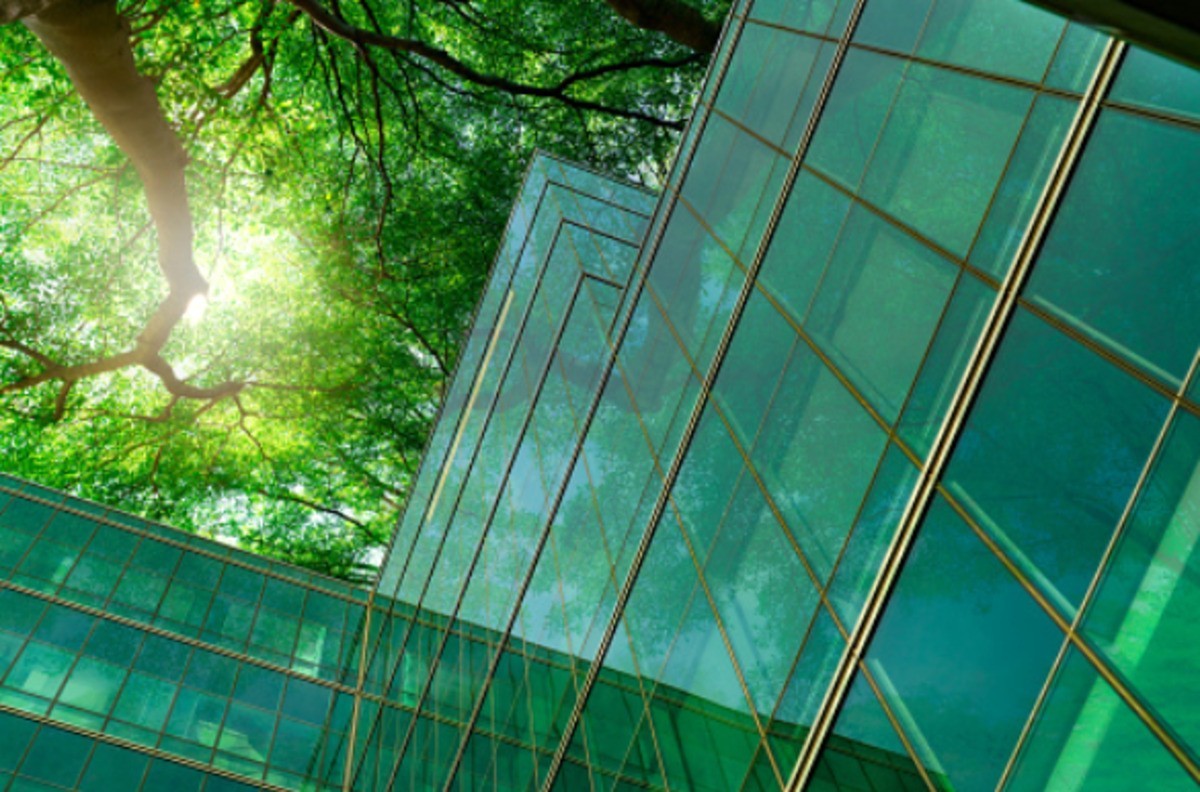What is Meant by a Sustainable Building?

Since the effects of global warming are now appearing all over the globe, many businesses and large corporations have become more concerned about the possible threats that it brings. The growing concern necessitated a more sustainable approach towards building designs, methods, and materials, promoting green building.
The term sustainable or green building refers to the materials and features of structures created under the concept of zero impact construction. They are facilities built in a resource-efficient manner, instead of the traditional way that is causing more harm and impact to the environment.
High-performance commercial buildings result from incorporating ecological ways into a building design to help improve its economic and environmental performance. Introducing sustainability with the hope of replacing outdated construction methods has never been more relevant than it is today, with the ongoing effects of climate change.
Sustainable Design
The concept of resource-conscious design is central to sustainable construction projects, which primarily aim to reduce waste and natural resource consumption to create a healthier environment. Companies who choose to build or retrofit an existing structure according to sustainable methods expect high levels of environmental and engineering performance, including:
- Energy efficiency and conservation
- Improved indoor air quality
- Resource and material efficiency
- Occupant’s health and productivity
- Proximity to the public transport system
- Improved environmental quality covering air, water, land, and surrounding ecosystems
When it comes to an ecological building design, it transforms the standard practice of damaging the surrounding landscape to a more environmental-friendly solution. The method also advocates using sustainable materials and equipment such as solar panels, recycled materials, and LEED security doors.
Green Building Methods
Green buildings don’t only require renewable materials; they also need to be developed using methods that contribute to sustainable efforts. These methods include:
- Establishing a Smart Approach to Energy Use - When building or renovating an existing space, it is ideal for maximizing natural efficiencies and combining them with renewable technologies such as skylights, natural ventilation, and large window installations. The building manager must find ways to reduce energy consumption throughout a building’s life cycle and encourage the occupants to practice efficiency.
- Minimize Waste and Maximize Reuse - Engage the building’s users to practice proper waste disposal and management, including reusing and recycling waste.
- Protect Water Resources - Since water is an essential resource, being sustainable means protecting the surrounding water resources in your area. Find ways to harvest water in innovative and practical methods and regularly maintain the plumbing system to maintain adequate water distribution and wastewater disposal.
- Promote Good Health - While air conditioning units provide overall comfort to everyone inside the building, it is more efficient to circulate fresh air throughout the interior space naturally. Natural sunlight also boosts employee morale leading to higher productivity, and sound insulation plays a crucial role in improving concentration and mindfulness among employees.
- Create Resilient and Flexible Buildings - Anticipating extreme weather events such as floods and earthquakes is essential in a sustainable building design as dynamic spaces eliminate the need for demolishing or renovating structures.
Although most of these methods are generally included in sustainable building designs, not all green structures will be the same due to the varying and distinct weather conditions. Different countries have different cultures, traditions, building types, and an extensive range of economic and social priorities.
The Challenges of Zero-Impact Construction
While the advantages of incorporating sustainability in building designs are apparent and useful, transitioning into a completely different method doesn’t happen overnight. It takes time and proper arrangements to employ the best practices. Outside of the construction phase, the building must introduce sustainable methods and training to the occupants or employees, which requires additional time and expense.
Another challenge that faces businesses when deciding to become more environmentally responsible is the initial cost that zero-impact construction requires. The general impression is that green buildings come at a premium rate, and the price is higher than the actual demand.
Despite the odds, as the interest in green initiatives continues to rise, many construction firms are still switching due to the slowly increasing demand and awareness to become sustainable.
Importance of Sustainable Buildings
Sustainability is vital for many reasons, including a better quality of life and environmental preservation. We all need clean air, abundant natural resources, and toxic-free conditions to support a thriving and healthy community.
Since the construction industry is the leading consumer of resources and waste producers, it can significantly lead towards greener projects to set an example for other sectors to follow. Despite the cost, many businesses prefer green methods due to the increasing effects of climate change. Becoming sustainable also offers many benefits at the environmental, social, and economic levels, including:
- Waster reduction
- Healthy living and morale boost
- Improved indoor air quality
- Economy boost
- Energy efficiency
- Decrease cost of materials
- Eliminate or mitigate the carbon footprint
Environmental construction methods rapidly improve as the demand for greener spaces grows from all sectors. Sustainability is essentially crucial due to the growing effects of global warming that more people are now starting to recognize.
The Bottomline
As the world turns its eye towards the climate crisis and the importance of sustainability, the commercial building industry must follow suit. As the leading consumer of our finite resources and producer of toxic waste, the pressure to change old habits continues to grow each day within the industry.
However, we cannot entirely rely on sustainable buildings to magically decrease the effects of the changing climate. The majority must also do their part by recognizing and practicing green initiatives. Whether using innovative technologies geared towards conservation or following proper waste management, any means of efficiency can help strengthen global sustainable efforts.



